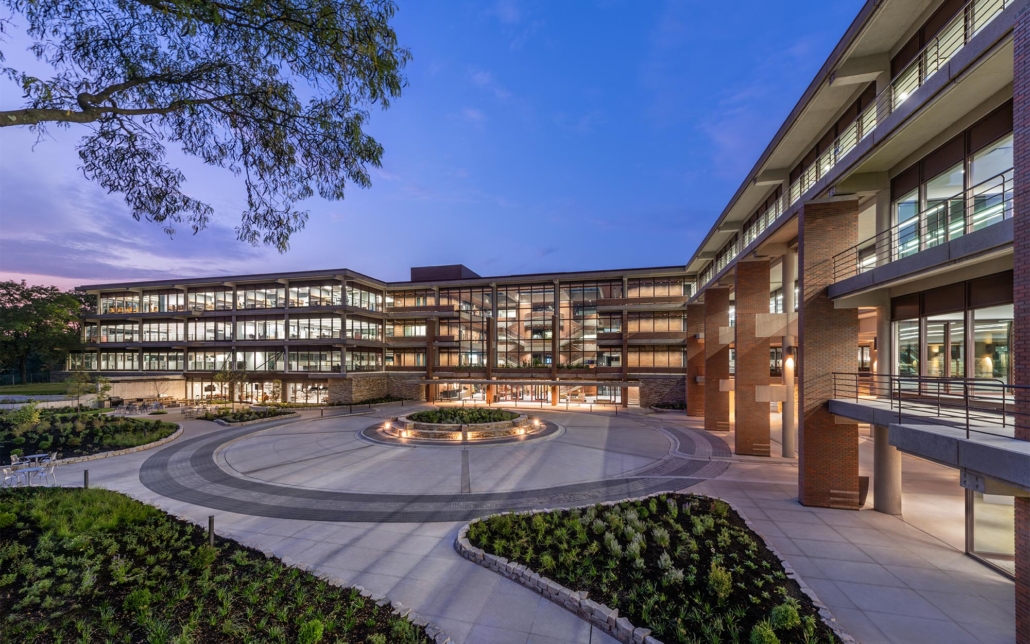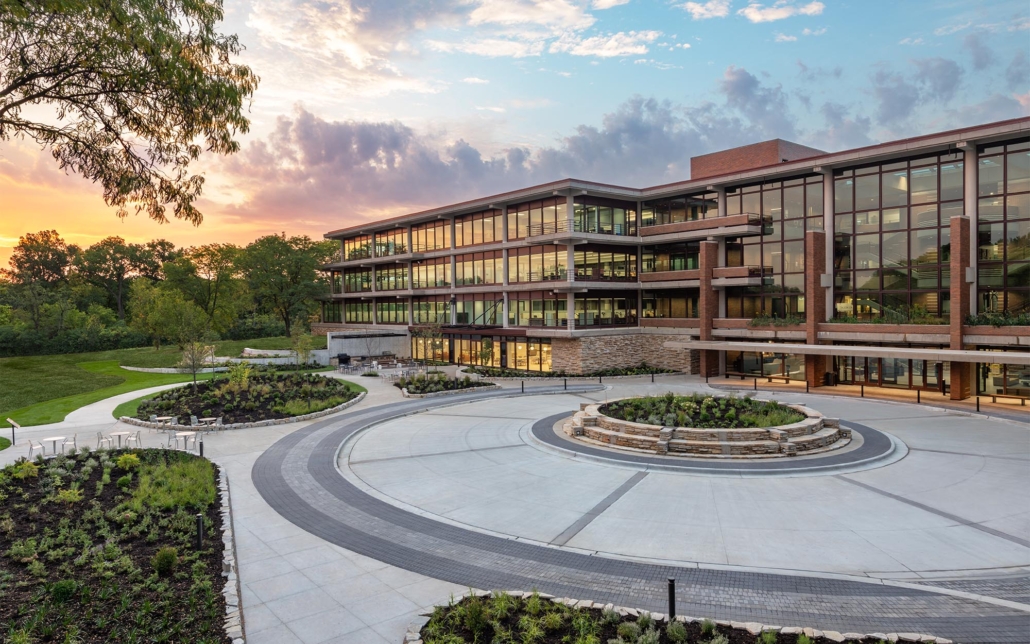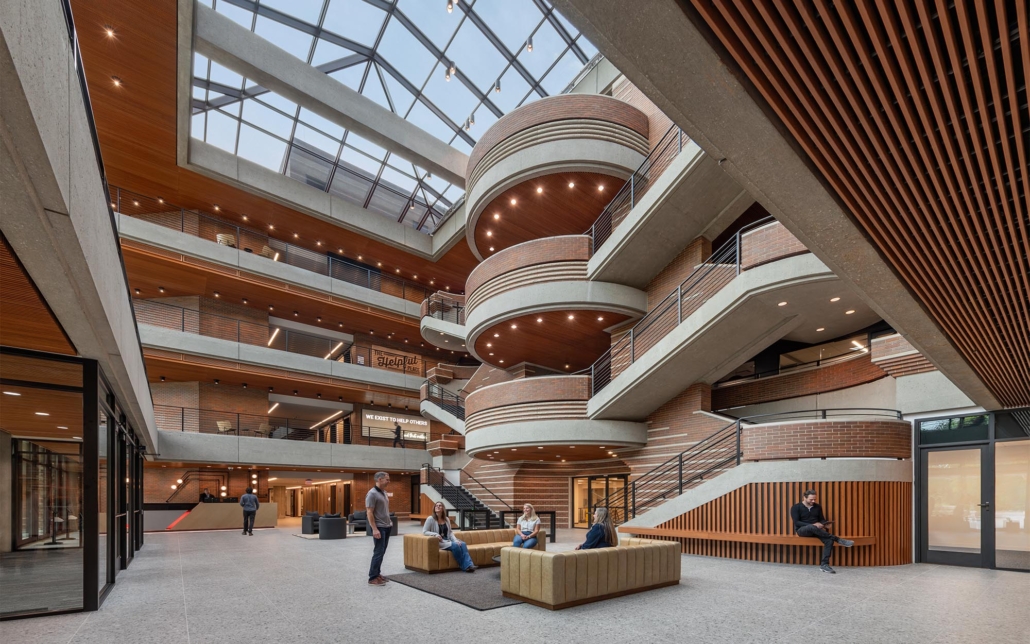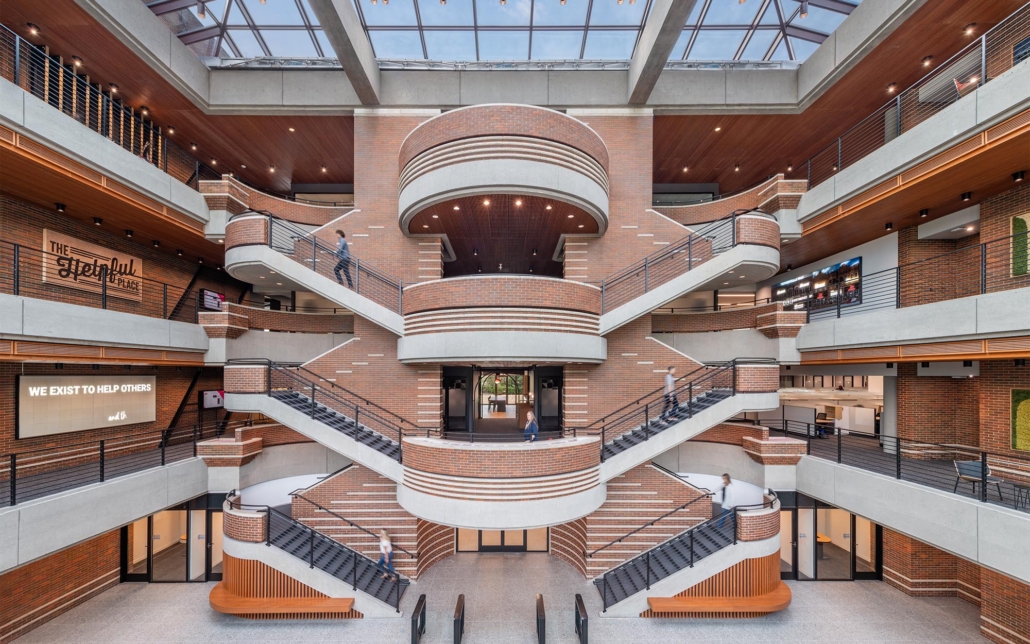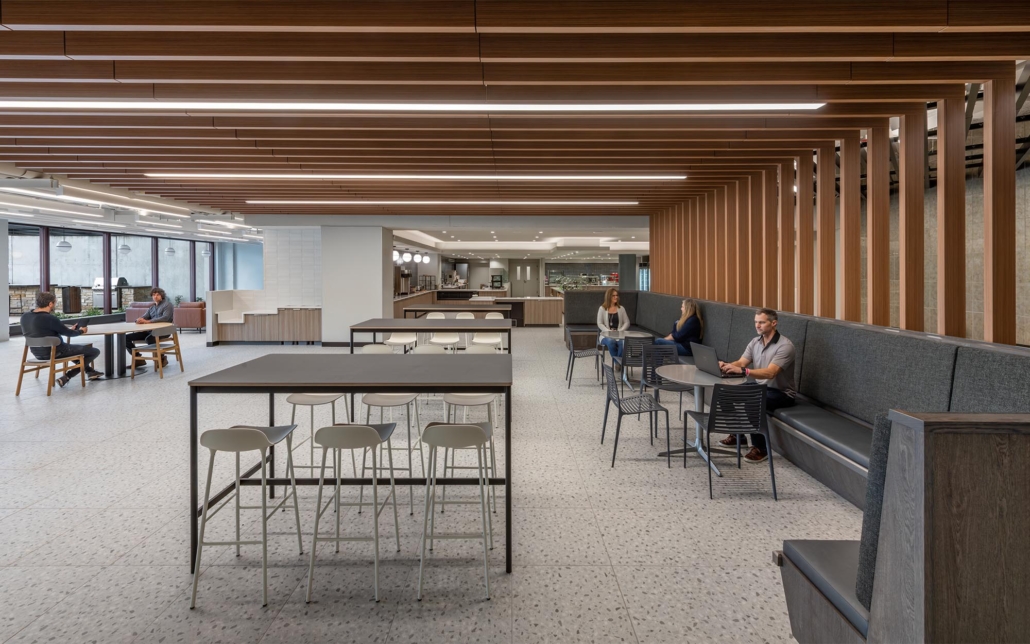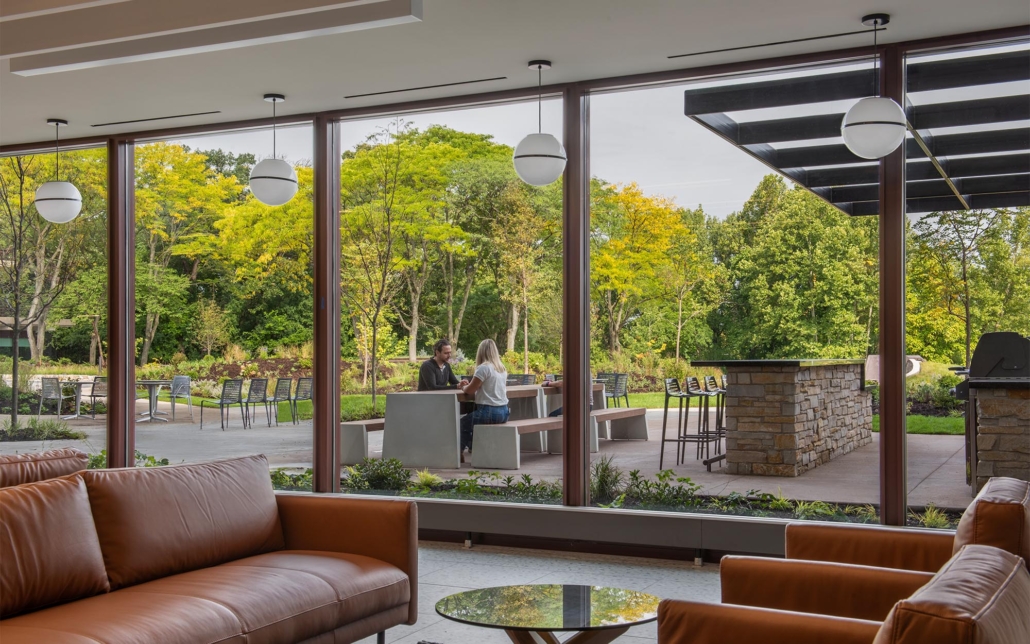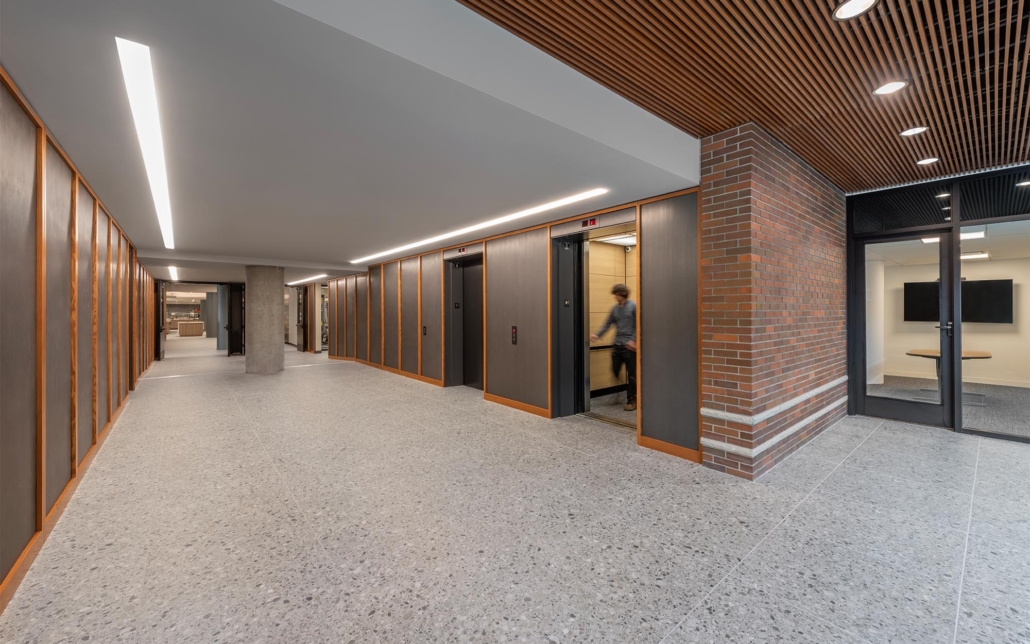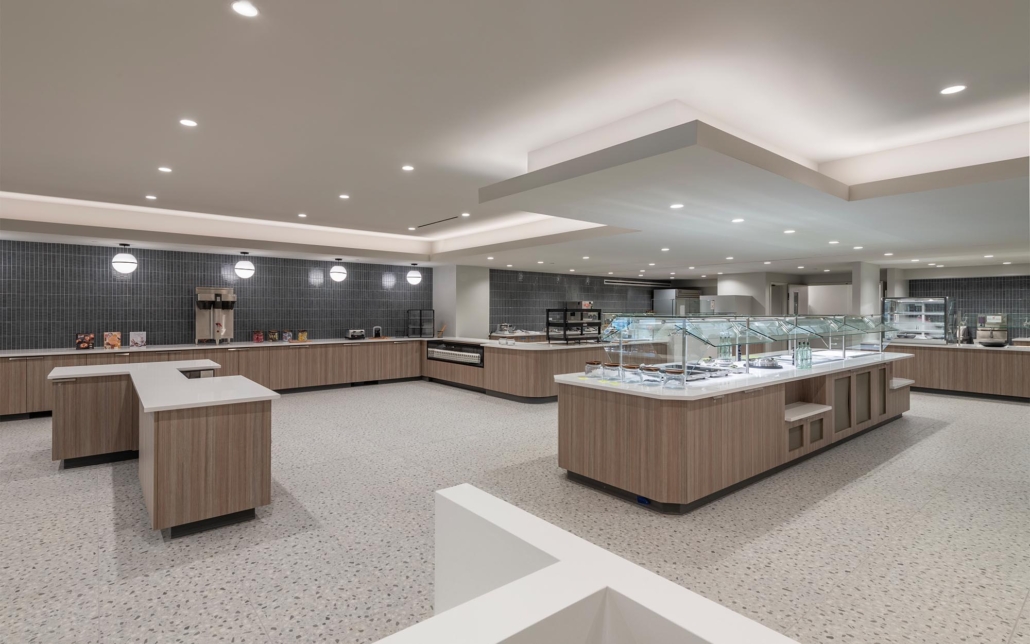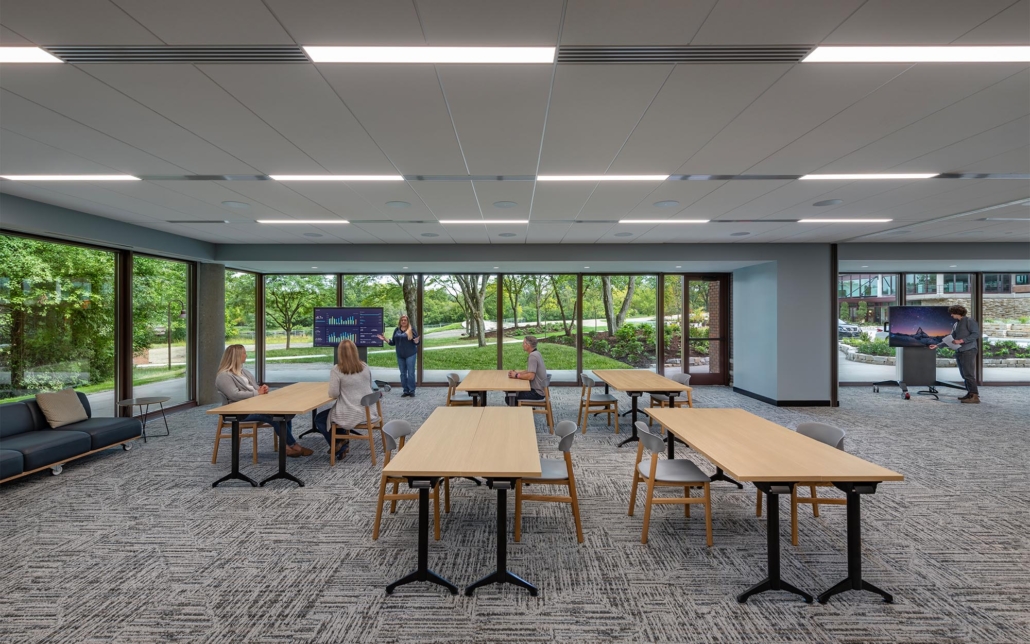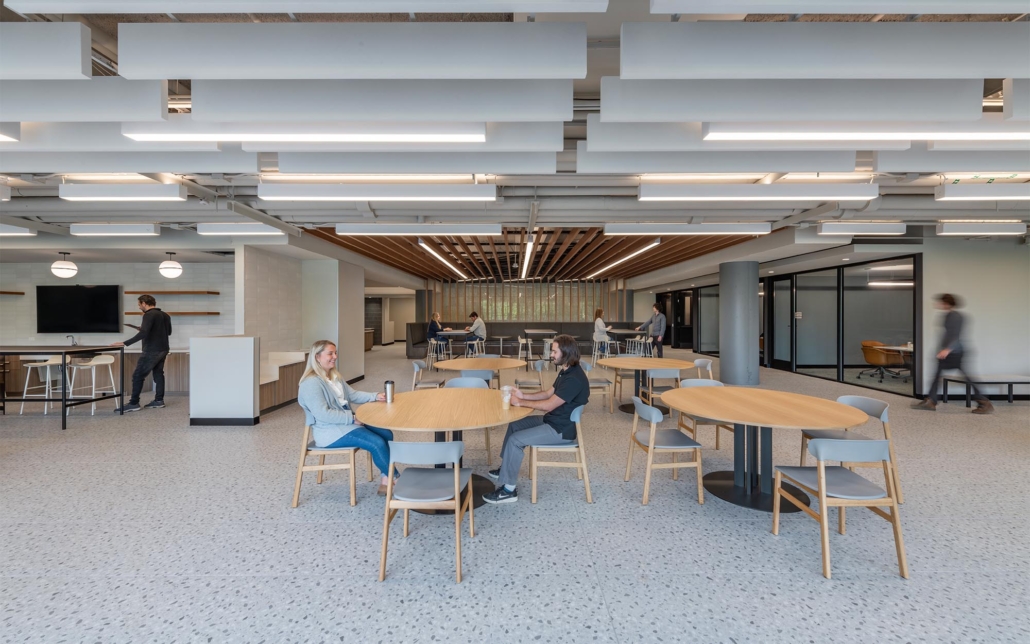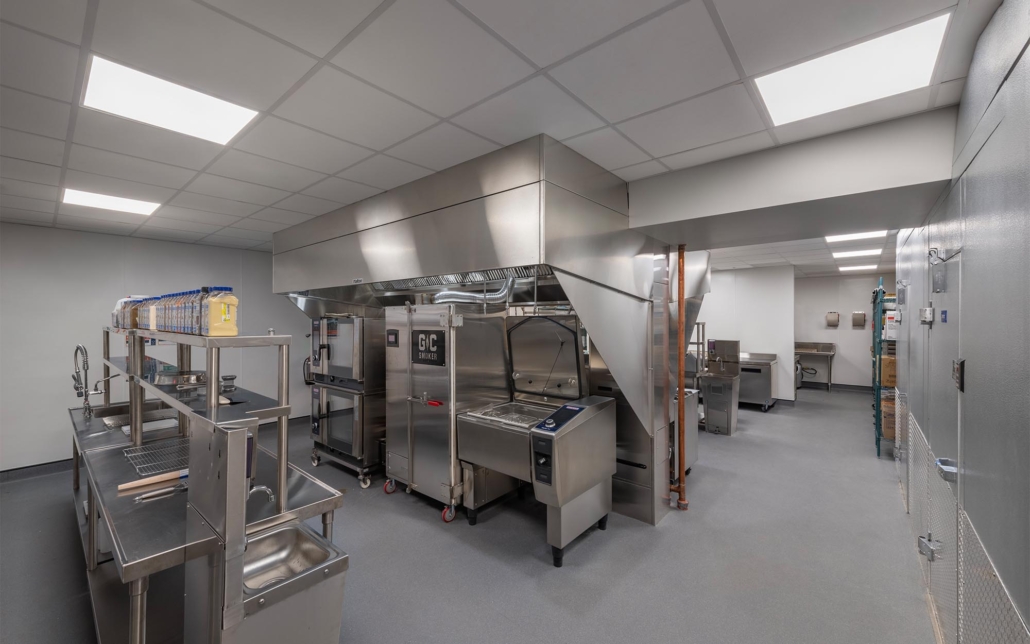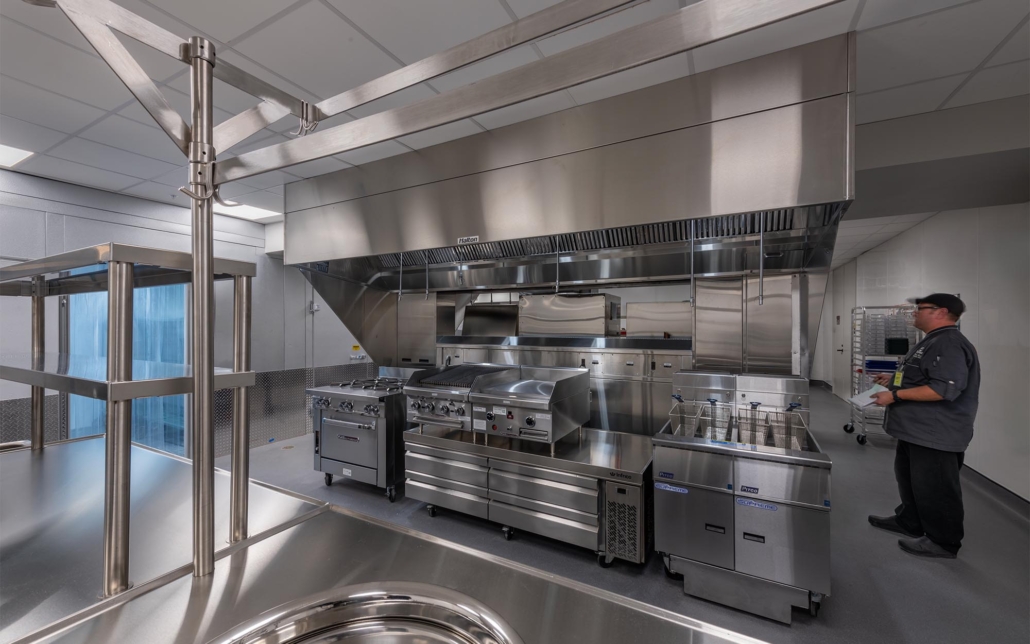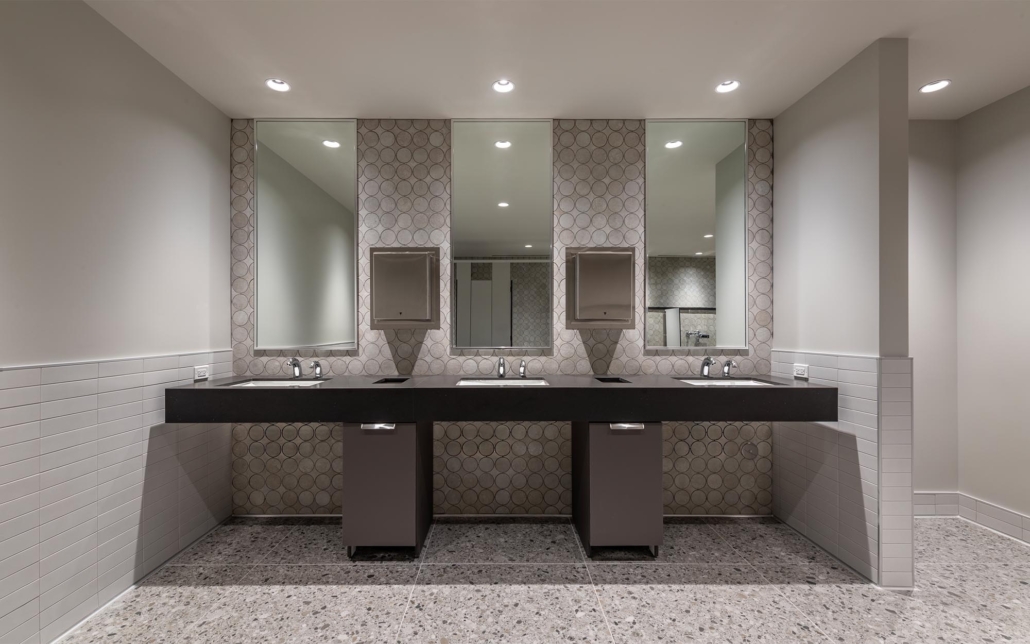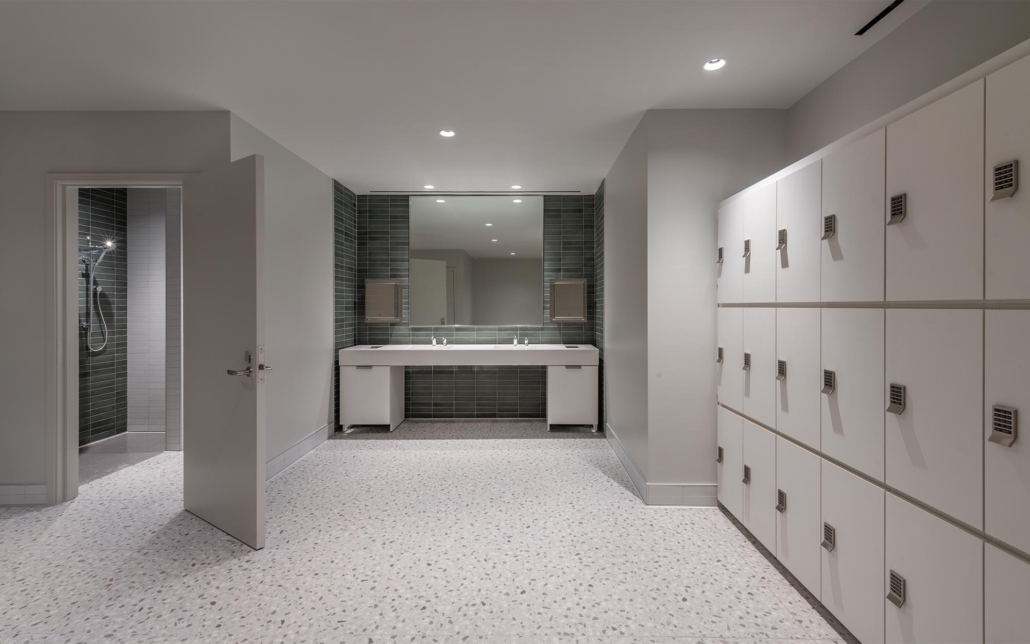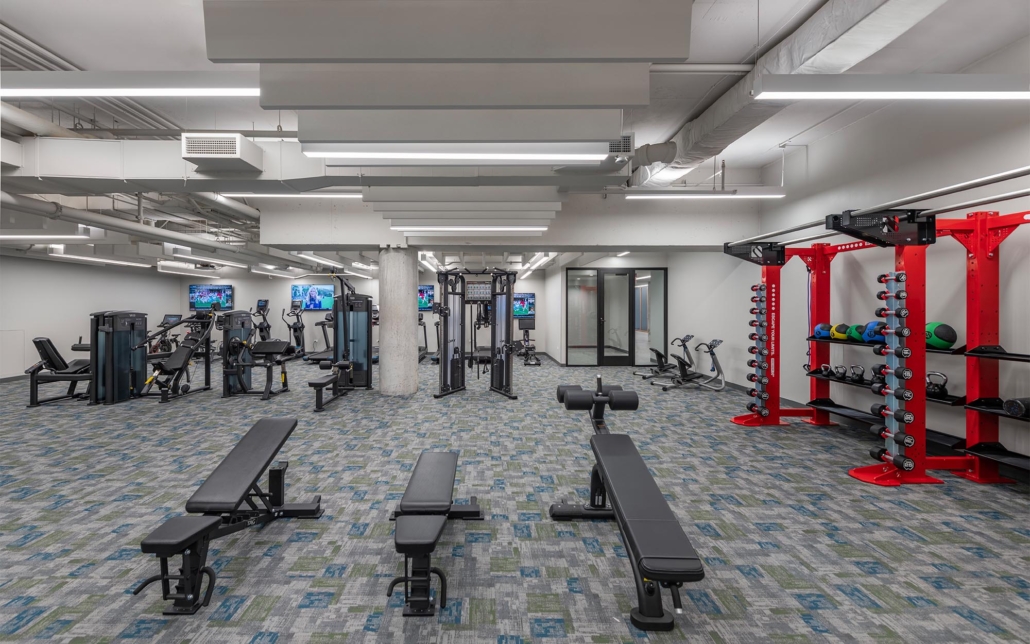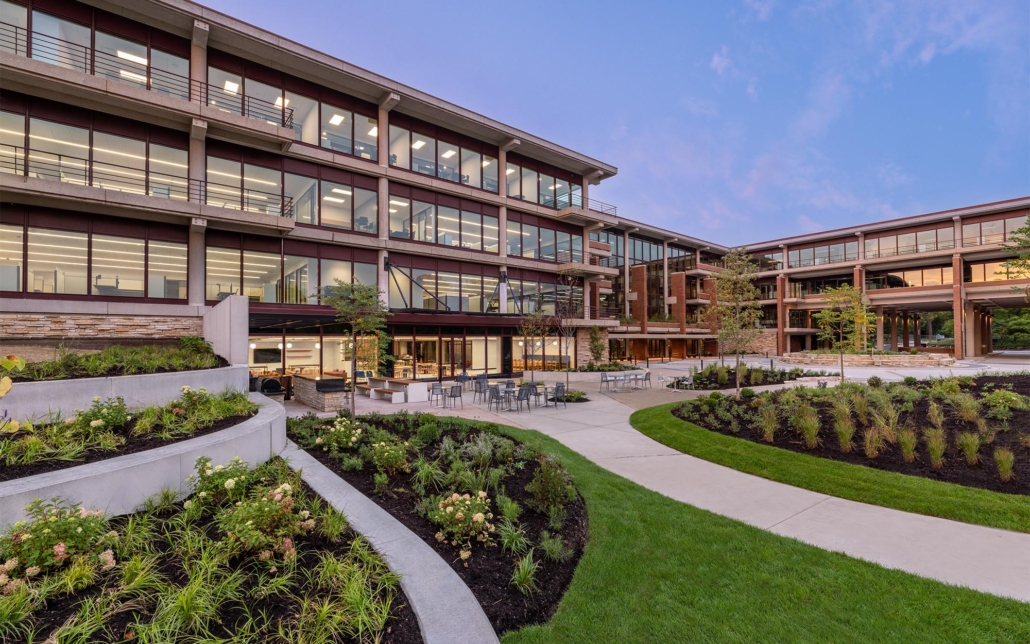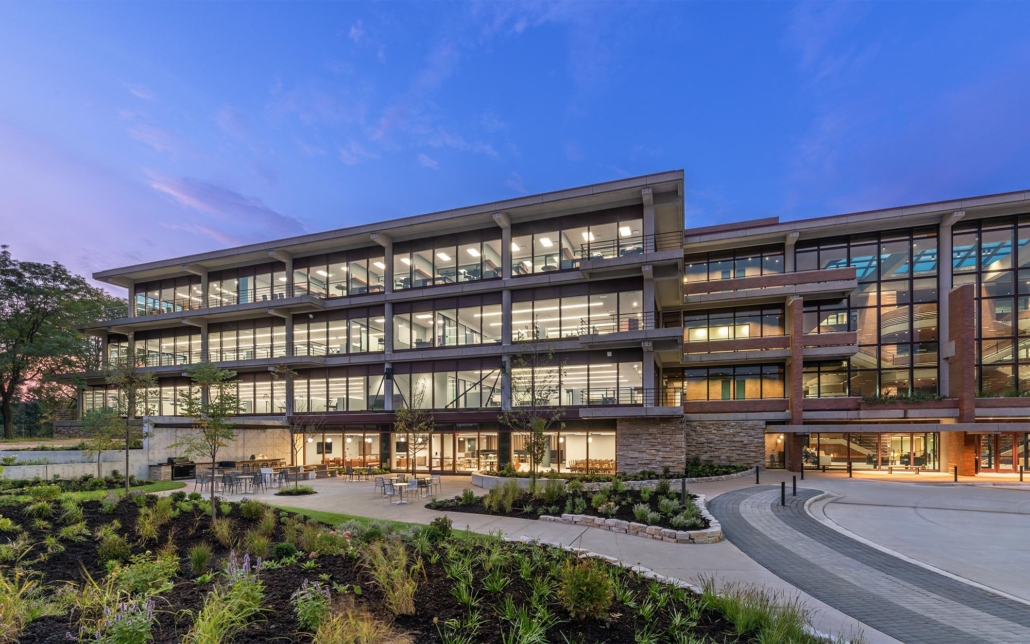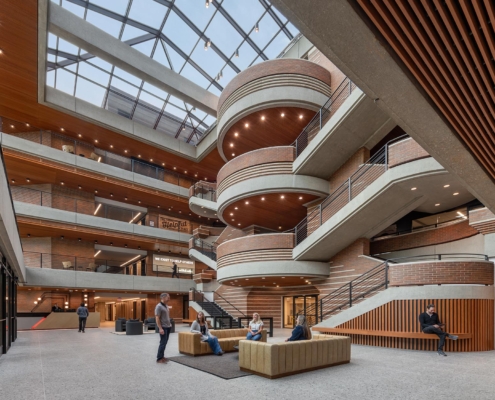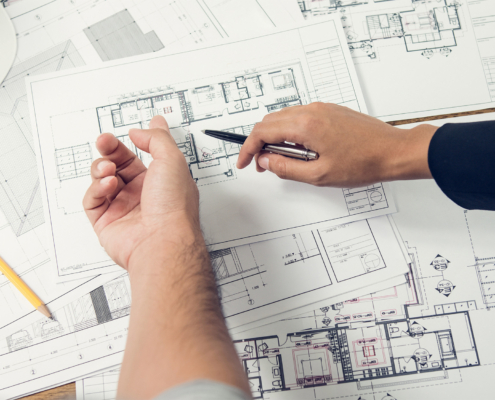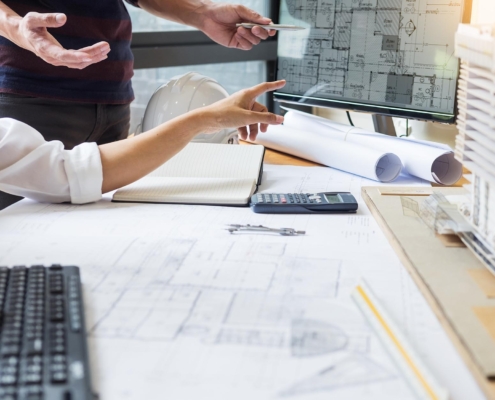Restoration projects require extensive historical research and planning to execute properly. Key steps include:
Investigating the Building to Discover Its Original Appearance
Architects thoroughly investigate the building to determine its original structure, layout, materials, decoration, and functions. This involves extensive historical research, detailed site surveys, and in-depth material analysis to understand the building as it was originally constructed.
Discovering What’s New and Old in the Current Design
Teams carefully survey what’s new and old in the current building to guide restoration plans. Key elements to assess include recent additions, parts that have been removed over time, the current conditions throughout, and adaptations that have been made over its history.
This research offers clear specifications for preservation efforts, reconstructions of missing parts, strategic replacements, and adaptive reuse functions that are true to the building’s origins.

